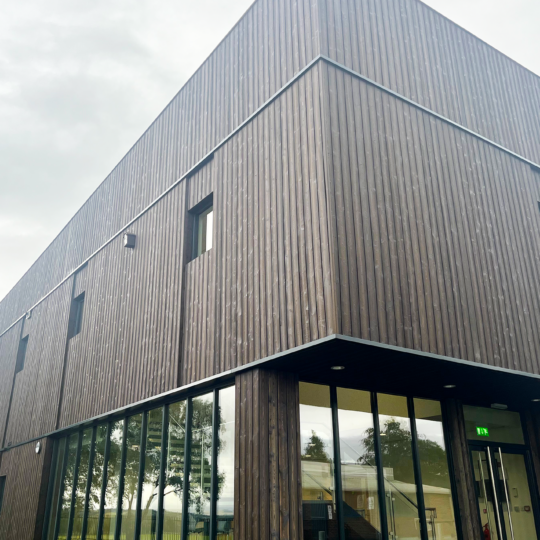Construction Insights: MMC in Education, 2024.
At Thurston Group, we're dedicated to providing educational institutions with cutting-edge, sustainable, and cost-effective solutions.
View More
At Thurston Group, we're dedicated to providing educational institutions with cutting-edge, sustainable, and cost-effective solutions.
View MoreIn 2015 the Department for Education set out its vision for English Apprenticeships following a review into the system, to increase the quality and quantity of apprenticeships through a transformational programme of change.
View MoreThe Railway sector is on track for the biggest shake-up to its model since the 90s after Whitehall recognised the need for a complete overhaul.
View MoreHomes England set to make Modern Methods of Construction (MMC) push. Telling its potential strategic partners, if they want more deals, that they need to start committing to increasing the use of MMC on projects.
View MoreAfter the government launched its ‘once-in-a-generation’ plan to reform the UK’s railways, a parliamentary watchdog has reported that the overhaul lacks detail and urgency. It has also questioned whether the government has the capacity to deliver the rail reforms.
View MoreIn the education sector, not every project or client is the same. These institutions, schools especially, are generally overcrowded and underfunded. Expansion is the first step to solving overcrowding issues, which in turn helps students improve their performance.
View MoreWe’re extremely delighted to announce that we’ve picked up our first internationally recognised award; the Silver RoSPA Award, in recognition of our commitment to health and safety practices across our organisation.
View MoreThe delivery of net-zero buildings doesn’t necessarily come under offsite and modern methods of construction (MMC) but it is one of the major benefits.
View More‘Defining the Need’ has demonstrated an objective approach to understanding the needs of the public sector estate. It also highlighted the need to harmonise and digitise demand across new build programmes.
View MorePlanning permission and building regulations can be a minefield. Even more so when you factor in modular construction and portable buildings. But what is it and do you need it if you’re planning on going modular?
View More